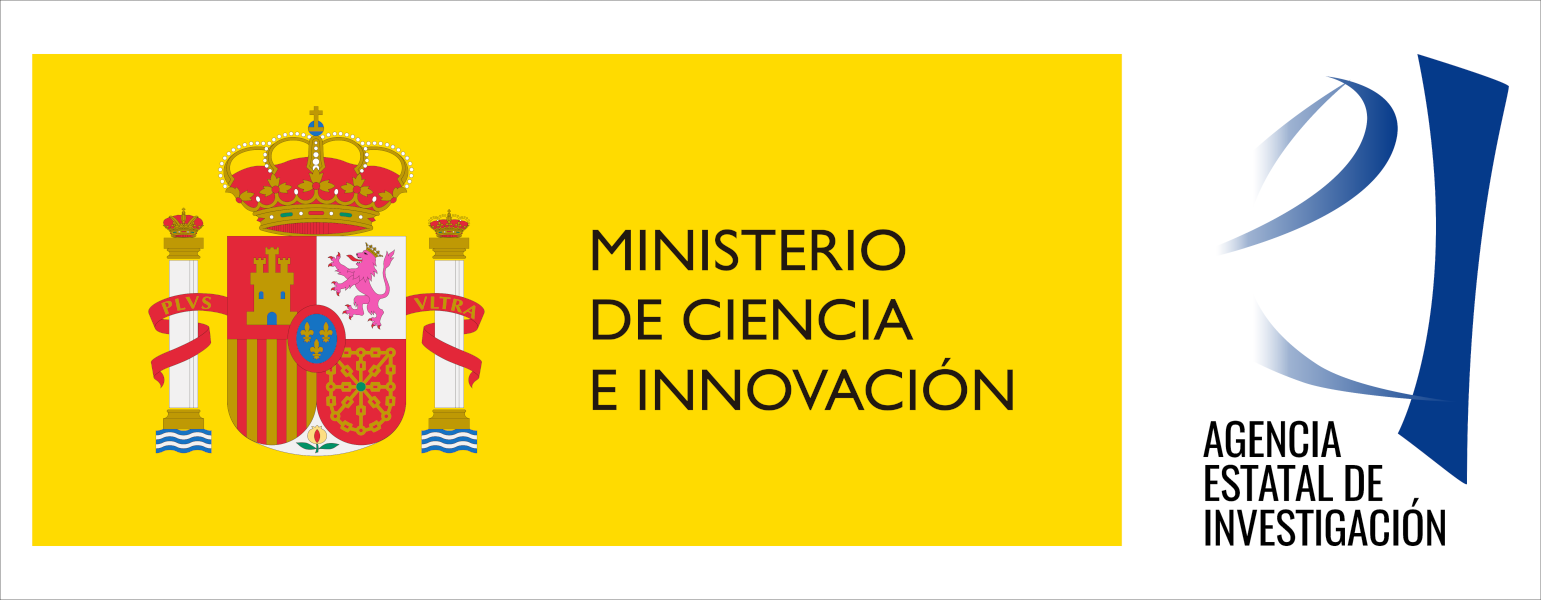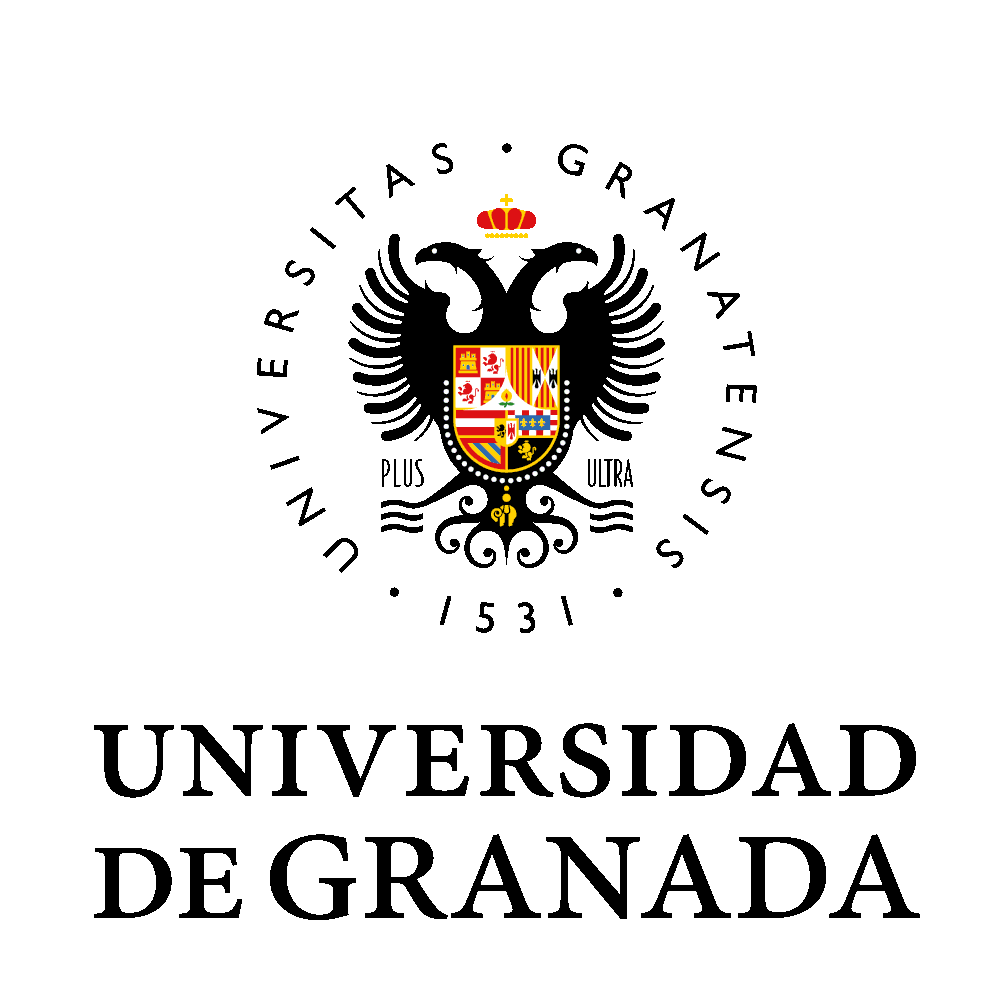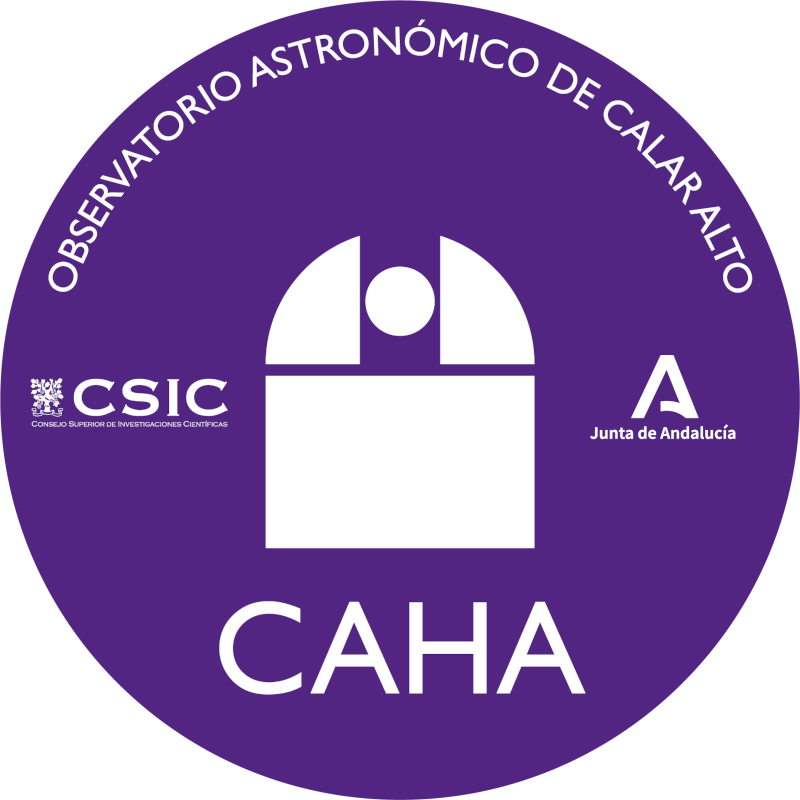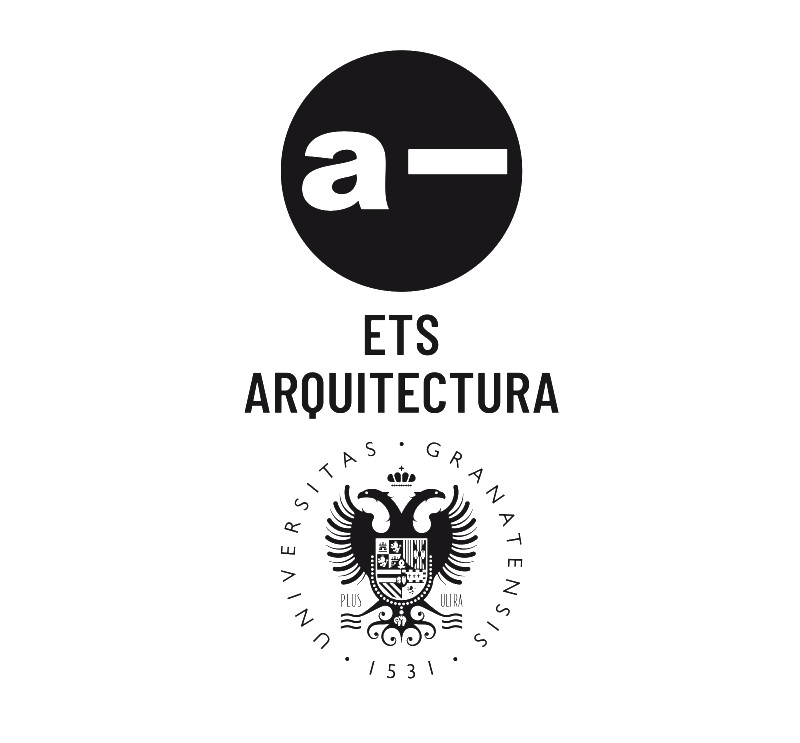Galaxies in Cosmic Voids: CAVITY
Voids form a prominent aspect of the Megaparsec distribution of galaxies and matter. They are enormous regions with sizes in the range of 20 to 50 Mpc that are practically devoid of any galaxy, usually roundish in shape and occupying the major share of space in the Universe. Forming an essential and prominent aspect of the Cosmic Web, they are instrumental in the spatial organization of the Cosmic Web. Surrounded by elongated filaments, sheetlike walls and dense compact clusters, they weave the salient weblike pattern of galaxies and matter pervading the observable Universe. The shape and evolution of voids are highly sensitive to the nature of dark energy, while their substructure and galaxy population provides a direct key to the nature of dark matter. Moreover, the pristine environment of void interiors is an important testing ground for our understanding of environmental influences on galaxy formation and evolution.
The CAVITY project is addressing the nature of galaxies in these cosmic voids. This conferences will bring together the international team that forms CAVITY and all the work and science results obtained during the successful years of the CAVITY project.
1st Annual Meeting (June 24-25, 2021)
Registration
Closed
Programme
June 24
-
I. Pérez (UGR) Welcome and update
-
S. Verley (UGR) Sample and observations
-
R. García-Benito (IAA) Data reduction
-
L. Sánchez-Menguiano (ESO) Quality control
-
R. van de Weygaert (U. Groningen) Voids as cosmological probes
-
H. Courtois (U. Lyon) A dynamical large-scale environment study of the CAVITY targets
-
A. Conrado (UGR) Dark matter in CAVITY galaxies
-
J. Domínguez-Gómez (UGR) SFHs of CAVITY galaxies
-
L. Sánchez-Menguiano (ESO) The local relation between gas metallicity and star formation rate
June 25
-
T. Ruiz-Lara (U. Groningen) Discussion: science with CAVITY
-
J. Román García (IAC) Preliminary results of the deep imaging INT observing campaign
-
U. Lisenfeld (UGR) CO-CAVITY survey
-
D. Espada (UGR) Discussion: ancillary data
-
I. Pérez (UGR) Outreach
-
R. van de Weygaert (U. Groningen) Discussion: control sample
-
I. Pérez (UGR) Final discussion, closing and next steps
Participants
|
Name |
Affiliation |
|---|---|
|
G. Bergond |
Calar Alto Observatory |
|
L. Sánchez-Menguiano |
European Southern Observatory |
|
G. Blázquez-Calero |
Instituto de Astrofísica de Andalucía (IAA-CSIC) |
|
A. Conrado |
Instituto de Astrofísica de Andalucía (IAA-CSIC) |
|
R. García-Benito |
Instituto de Astrofísica de Andalucía (IAA-CSIC) |
|
R. González Delgado |
Instituto de Astrofísica de Andalucía (IAA-CSIC) |
|
J. Falcón-Barroso |
Instituto de Astrofísica de Canarias (IAC) |
|
J. Román |
Instituto de Astrofísica de Canarias (IAC) & Kapteyn Astronomical Institute |
|
D. Walo-Martín |
Instituto de Astrofísica de Canarias (IAC) |
|
M. Rodríguez-Martínez |
IRAM |
|
M. Sánchez-Portal |
IRAM |
|
R. Peletier |
Kapteyn Astronomical Institute |
|
T. Ruiz-Lara |
Kapteyn Astronomical Institute |
|
R. van de Weygaert |
Kapteyn Astronomical Institute |
|
T. van der Hulst |
Kapteyn Astronomical Institute |
|
K. Kreckel |
Universität Heidelberg |
|
S. Duarte Puertas |
Université de Laval |
|
H. Courtois |
Université de Lyon |
|
D. Guinet |
Université de Lyon |
|
M. Argudo-Fernández |
Pontificia Universidad Católica de Valparaíso |
|
M. Alcázar Laynez |
Universidad de Granada |
|
J. Domínguez-Gómez |
Universidad de Granada |
|
D. Espada Fernández |
Universidad de Granada |
|
P. Fernández |
Universidad de Granada |
|
J. Flores Martín |
Universidad de Granada |
|
E. Florido |
Universidad de Granada |
|
L. Galbany |
Universidad de Granada |
|
C. Gómez Hernández |
Universidad de Granada |
|
A. Jimenez |
Universidad de Granada |
|
U. Lisenfeld |
Universidad de Granada |
|
I. Pérez |
Universidad de Granada |
|
G. Torres-Ríos |
Universidad de Granada |
|
S. Verley |
Universidad de Granada |
|
A. Zurita |
Universidad de Granada |
2nd Annual Meeting (June 23-24, 2022)
Registration
Closed
Programme
June 23
-
I. Pérez (UGR) Welcome and general update
-
G. Bergond (CAHA) PMAS update
-
R. García-Benito (IAA) The CAVITY reduction pipeline
-
L. Sánchez-Menguiano (UGR) Quality control update
-
R. van de Weygaert (U. Groningen) Voids as cosmological probes (on-line)
-
P. Awad (U. Groningen) Swarm Intelligence-based Denoising and Manifold Crawling Along the Large-Scale Structure
-
H. Courtois (U. Lyon) CAVITY project : almost half of identified cosmic voids in the Local Universe may turn out not to be empty places (on-line)
-
I. Pérez (UGR) Galaxies in voids
-
T. Ruiz-Lara (U. Groningen) Stellar populations with CAVITY data
-
B. Bahar (U. Heidelberg) TBA
-
E. Pérez-Montero (IAA) On the different behavior of MANGa and CHAOS in the softness diagram: presence of HOLMES or DIG background?
-
L . Sánchez-Menguiano (UGR) Exploring the chemical evolution of galaxies in different environments: voids versus denser regions
-
S. Verley (UGR) Plan B, or part of Plan A?
June 24
-
D. Espada (UGR) Ancillary data
-
M. Rodriguez/U. Lisenfeld (UGR) CO data campaings and science
-
J. Román García (U. Groningen) INT data campaings
-
A. Jiménez (UGR) CAVITY Database demonstration
-
R. Peletier (U. Groningen) Science with deep imaging
-
J. Domínguez-Gómez (UGR) CAVITY: star formation histories in the centre of void galaxies
-
A. Conrado (UGR) Star formation histories of void galaxies
-
T. Ruiz Lara (U. Groningen) Science projects with CAVITY
Participants
|
Name |
Affiliation |
|---|---|
|
J. Aceituno |
Calar Alto Observatory |
|
G. Bergond |
Calar Alto Observatory |
|
G. Blázquez-Calero |
Instituto de Astrofísica de Andalucía (IAA-CSIC) |
|
A. Conrado |
Instituto de Astrofísica de Andalucía (IAA-CSIC) |
|
R. García-Benito |
Instituto de Astrofísica de Andalucía (IAA-CSIC) |
|
R. González Delgado |
Instituto de Astrofísica de Andalucía (IAA-CSIC) |
|
E. Pérez-Montero |
Instituto de Astrofísica de Andalucía (IAA-CSIC) |
|
J. Iglesias-Páramo |
IAA & Calar Alto Observatory |
|
I. del Moral-Castro |
Instituto de Astrofísica de Canarias (IAC) |
|
J. Falcón-Barroso |
Instituto de Astrofísica de Canarias (IAC) |
|
M. Rodríguez-Martínez |
IRAM |
|
M. Sánchez-Portal |
IRAM |
|
P. Vásquez Bustos |
Pontificia Universidad Católica de Valparaíso |
|
P. Awad |
University of Groningen |
|
R. Peletier |
University of Groningen |
|
J. Román García |
IAC & University of Groningen |
|
T. Ruiz-Lara |
Kapteyn Astronomical Institute – University of Groningen |
|
R. van de Weygaert |
University of Groningen |
|
X. Xu |
Kapteyn Astronomical Institute – University of Groningen |
|
B. Bidaran |
Zentrum fur Astronomie – Heidelberg University |
|
S. Duarte Puertas |
Université Laval |
|
H. Courtois |
University of Lyon 1 |
|
M. Argudo-Fernández |
Universidad de Granada |
|
S. Bonnal |
Universidad de Granada |
|
J. Domínguez-Gómez |
Universidad de Granada |
|
R. E. Miura |
Universidad de Granada |
|
D. Espada Fernández |
Universidad de Granada |
|
E. Florido |
Universidad de Granada |
|
L. Gil Martín |
Universidad de Granada |
|
A. Jimenez |
Universidad de Granada |
|
U. Lisenfeld |
Universidad de Granada |
|
I. Pérez |
Universidad de Granada |
|
M. Relaño |
Universidad de Granada |
|
L. Sánchez-Menguiano |
Universidad de Granada |
|
G. Torres-Ríos |
Universidad de Granada |
|
S. Verley |
Universidad de Granada |
|
A. Zurita |
Universidad de Granada |
|
A. Lugo |
Universidad Nacional Autonóma de México |
Venue
Escuela Técnica Superior de Arquitectura de Granada
Plaza Campo del Príncipe s/n 18071 (Granada)

Logistics
Accommodation
The meeting venue is located at the heart of the centric Realejo suburb where plenty of accommodation can be found.
The University owns in the area a really quaint residence for visitor: La corrala de Santiago. The Corrala has to be booked through us, and usually has limited space, so in case any of you is interested in staying at the Uni residence, please let us know well in advance so we can book it on your behalf.
If you need any extra help with the accommodation let us know.
3rd Annual Meeting (June 19-20, 2023)
Registration
Closed
Programme
June 19
-
I. Pérez (UGR) Welcome and general update
-
G. Bergond (CAHA) PMAS/CAHA update
-
R. García-Benito (IAA) Reducing the voids: problems and next improvements of the IFU CAVITY pipeline
-
L. Sánchez-Menguiano (UGR) IFU Quality control update
-
R. van de Weygaert (U. Groningen) Void detection and Topological bias (on-line)
-
I. Del Moral (IAC) AGNs in the CAVITY mothersample (on-line)
-
J. Domínguez-Gómez (UGR) Galaxies in voids assemble their stars slowly
-
B. Bahar (UGR) Dwarf galaxies in voids
-
A. Conrado (IAA) Spatially-resolved stellar populations in CAVITY galaxies
-
L. Sánchez-Menguiano (UGR) Exploring the properties of the ionised gas in void galaxies
-
G. Torres (UGR) Local environment effect in the star formation of void galaxies
-
I. Pérez (UGR) Size of galaxies in cosmic voids
-
I. Pérez (UGR) Paper presentation
June 20
-
M. Rodriguez (UGR) Molecular gas and its relation to star formation in the CAVITY void galaxies
-
D. Espada (UGR) ALMA data for CAVITY galaxies and the HI view
-
P. Sánchez Alarcón (IAC) INT data campaings
-
M. Argudo-Fernández (UGR) INT QC and deep imaging profiles
-
I. Muñoz Rodriguez (NOA) AGN incidence accross environments and cosmic time: Simulations vs. observations
-
B. Bidaran (UGR) QC database
-
A. Jiménez (UGR) CAVITY Database demonstration Workshop
-
P. Awad (U. Groningen) Structure Mining using the 1-DREAM toolbox (on-line)
-
M. Alcázar Laynez (UGR) Classification of the Large Scale Structures of the Universe using Machine Learning
-
R. Peletier (U. Groningen) CAVITY Science with deep imaging (on-line)
Posters
-
I. Alegre Jiménez (UGR) Chemical enrichment in galaxies: What is the impact of the environment?
-
R. Ottaviani (UNIPD/UGR) Bar lengths in different large scale structure enviroments
Participants
|
Name |
Affiliation |
|---|---|
|
G. Bergond |
Centro Astronómico Hispano en Andalucía |
|
J. Iglesias-Páramo |
IAA & Calar Alto Observatory |
|
L. Galbany |
Institut de Ciències de l’Espai |
|
M. Sánchez Portal |
Institut de Radioastronomie Millimétrique |
|
G. Blázquez-Calero |
Instituto de Astrofísica de Andalucía |
|
A. Conrado |
Instituto de Astrofísica de Andalucía |
|
R. García-Benito |
Instituto de Astrofísica de Andalucía |
|
R. González Delgado |
Instituto de Astrofísica de Andalucía |
|
J. Falcón Barroso |
Instituto de Astrofísica de Canarias |
|
A. Ferre Mateu |
Instituto de Astrofísica de Canarias |
|
P. Sánchez Alarcón |
Instituto de Astrofísica de Canarias |
|
P. Awad |
Kapteyn Astronomical Institute |
|
R. Peletier |
Kapteyn Astronomical Institute |
|
M. Raj |
Kapteyn Astronomical Institute |
|
J. Román |
Kapteyn Astronomical Institute |
|
I. del Moral-Castro |
Kapteyn Astronomical Institute |
|
R. van de Weygaert |
Kapteyn Astronomical Institute |
|
T. van der Hulst |
Kapteyn Astronomical Institute |
|
I. Muñoz Rodríguez |
National Observatory of Athens and University of Southampton |
|
M. Alcázar Laynez |
University of Granada |
|
I. Alegre Jiménez |
University of Granada |
|
M. Argudo-Fernández |
University of Granada |
|
B. Bidaran |
University of Granada |
|
J. Domínguez-Gómez |
University of Granada |
|
S. Duarte Puertas |
University of Granada |
|
D. Espada |
University of Granada |
|
E. Florido |
University of Granada |
|
A. Jimenez |
University of Granada |
|
U. Lisenfeld |
University of Granada |
|
C. Pozo González |
University of Granada |
|
I. Pérez |
University of Granada |
|
J. Ramos Quero |
University of Granada |
|
M. Rodríguez-Martínez |
University of Granada |
|
T. Ruiz-Lara |
University of Granada |
|
L. Sánchez-Menguiano |
University of Granada |
|
G. Torres-Ríos |
University of Granada |
|
S. Verley |
University of Granada |
|
A. Zurita |
University of Granada |
|
M. Hernández Sánchez |
University of Valencia |
|
R. Ottaviani |
Universitá degli studi di Padova |
Logistics
Accommodation
The meeting venue is located at the heart of the centric Realejo suburb where plenty of accommodation can be found.
The University owns in the area a really quaint residence for visitor: La corrala de Santiago. The Corrala has to be booked through us, and usually has limited space, so in case any of you is interested in staying at the Uni residence, please let us know well in advance so we can book it on your behalf.
If you need any extra help with the accommodation let us know.






